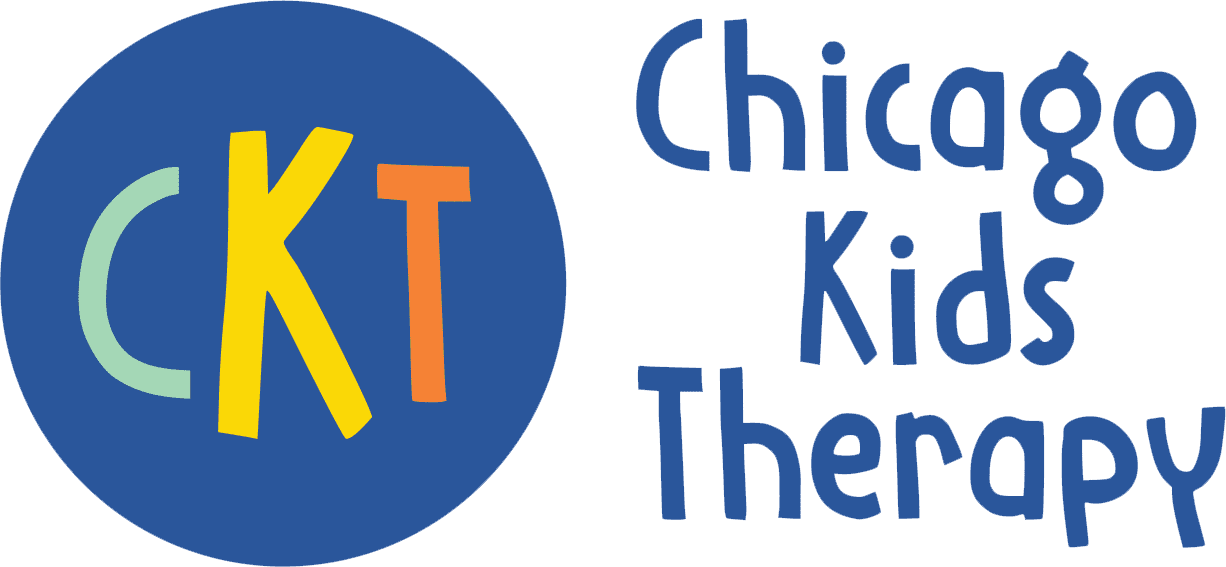What is Torticollis?
Torticollis, otherwise known as “wryneck,” is a condition that results in a painfully twisted and tilted neck. Torticollis is when the sternocleidomastoid, the muscle that runs from the back of the ear to the sternum, is shortened on one side of the neck. A child with torticollis will experience their chin facing one shoulder while the top of the head points towards the opposite shoulder.
How does physical therapy help?
Physical therapy helps patients with torticollis restore range of motion, improve strength, learn proper techniques, and adapt to their environment. In pediatric physical therapy, parent education is a critical component in order to ensure that children are participating in home practice exercises outside of therapy sessions.
What is range of motion (ROM)?
- Range of motion is the full movement potential of a joint. The three types of motion are active, passive, and active assisted.
- Active ROM: Child performs movements without any assistance from a physical therapist.
- Passive ROM: Child applies no effort to perform movements. The physical therapist (or equipment) completes all movements.
- Active assisted ROM: Child performs movements with the assistance of physical therapist.
What are proper techniques?
Physical therapists help to educate and instruct the child and their parent/caregiver on proper techniques for positioning, handling, stretching, and other exercises to continue gentle rehabilitation remotely. Performing proper techniques allows the neck and back muscles to strengthen and stretch, corrects muscle imbalance, improves postural control and body symmetry, helps body alignment by easing muscle tension, and promotes pain-free movement.
What does a physical therapy session entail?
Physical therapy exercises for torticollis help stretch muscles and strengthen weak muscles in the neck and back. The exercises might incorporate other modalities, including heat, massage, and traction. During sessions, physical therapists demonstrate the proper techniques for taping and stretching to elongate muscles, massage the affected areas, restore alignment, and address strength along with range of motion deficits.
Benefits of physical therapy
Physical therapy helps children maximize their participation in daily activities despite their diagnosis. These sessions help prevent permanent damage while teaching compensatory techniques so a child can participate in their normal routine with pain free movement. It connects children and their parents/caregivers to medical professionals who can improve their physical health, connect them with assistive technology, and live to their fullest potential.
